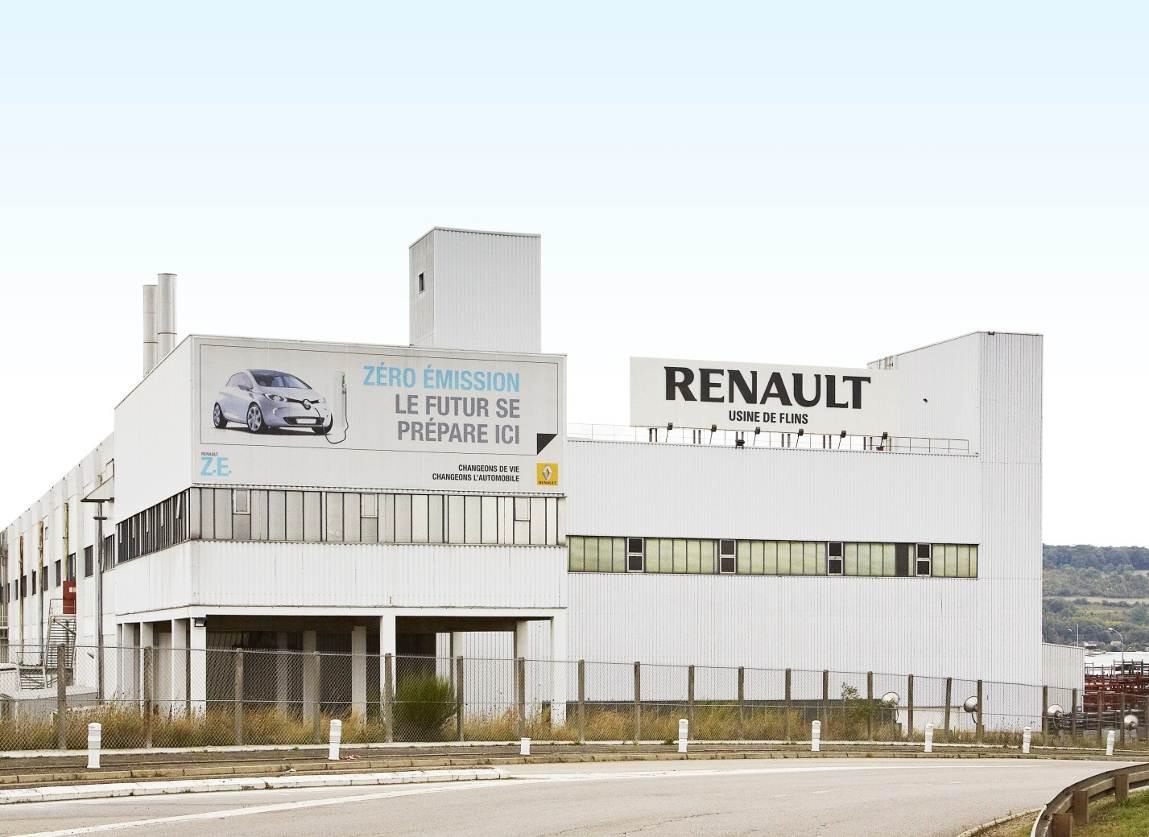As international car market players gear up to enter the Iranian market, business intelligence agencies have begun to size up the available opportunities.
According the report by PR Newswire, Iran offers great opportunity to international carmakers and parts manufacturers, but the status quo has changed over the past four to five years with Iranian original equipment manufacturers empowered by high levels of localization matching international products in both quality and prices.
With the recent nuclear agreement finalized in 2015, the potential growth in the local industry will make Iran a 2.4-million-unit automotive market by 2022, far outpacing other similar markets like Turkey and Vietnam.
The report noted that B segment cars are and will continue to remain the most preferred segment followed by C segment vehicles, matching current consumer habits in the country.
As foreign companies reenter the market, they are going to face a series of competitive factors, the most interesting of which is competition from the Chinese brands.
If the Chinese continue to ship their best models to the Iranian market, like the mobile phone market before them, Chinese brands will no longer be linked with cheap quality and poor build.
Chinese automotive OEMs’ market share is expected to rise by 2022 from a small percentage in 2014, as they gained a foothold by swiftly filling the void left by the European OEMs. However, as the Chinese car industry expands its presence in Iran, experts believe they will face tougher competition once Europeans reenter the market.
It is estimated that from the time of lifting of sanctions, regaining business normalcy could take about six months, while the foreign entrants will take months to regain momentum.
Localization of the Iranian automotive supply chain in the past years has increased but at the cost of reliability and quality, according to the Iranian standards association.
International suppliers, technology and finance are the need of the hour.
European and Japanese automotive OEMs such as Renault and Mazda in the short run (up to 4 years) will import completely knocked-down and semi knocked-down kits in the mid segment and completely built units in the premium segment to make their presence felt in Iran.
The report further said Iranian regulations are expected to mandate the need for greater localization among OEMs by 2016 to boost the local economy and help increase employment. This is already the case with Mazda and some Renault models.
Urban buyers in Iran are looking for more reasonable prices and high quality vehicles, tiring from the current array of aging models.


